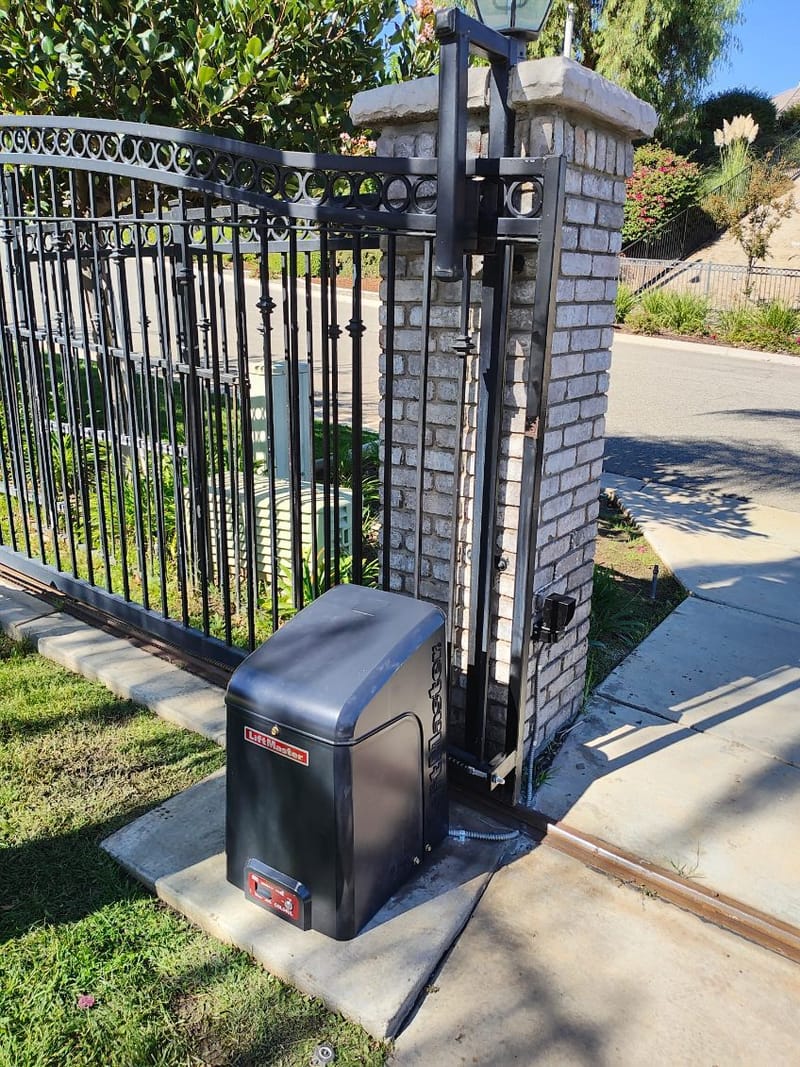Electric Gate Repair & Troubleshooting

Electric Gate Repair Services in Riverside, CA
Is your electric gate stuck, unresponsive, or acting up?
Whether it’s a residential swing gate or a commercial sliding system —
24/7 Garage Door and Gate Services LLC is here to fix it fast, the right way, and at a fair price.
Common Electric Gate Issues We Fix
We service all major brands and repair a wide range of problems:
- Gate won’t open or close
- Remote not working
- Clicking sound but no movement
- Damaged tracks or gate arms
- Sensor misalignment or failure
- Control board or keypad malfunction
- Broken limit switches or motors
- Power supply or wiring issues
We Repair All Types of Gates
- Swing Gates
- Sliding Gates
- Barrier Arm Gates
- Telescopic & Cantilever Systems
- Access-Controlled Community Gates
- Intercom, Keypad, and Smart Systems
No matter the setup — we’ve got the tools and expertise to handle it.
Why Choose 24/7 Garage Door and Gate Services LLC?
- Same-day emergency service, 7 days a week
- Fully licensed, trained, and insured technicians
- Fast diagnostics and on-site solutions
- 5-star rated customer service
- Honest pricing — no hidden fees
- 100% satisfaction guarantee
We understand how important your gate is for safety, security, and convenience. That’s why we treat every job like it’s our own property.
Serving Riverside and All Nearby Cities
We provide electric gate repair services across:
Riverside, Corona, Moreno Valley, Eastvale, Fontana, San Bernardino, Norco, Temecula, Redlands, and surrounding areas within 50 miles.
Call Now for Expert Gate Repair
Don’t get locked in or out —
Call 24/7 Garage Door and Gate Services LLC today at 909-264-7415
or Book Online for fast, reliable electric gate repair.
Need service for your garage too?
Visit our Garage Door Spring Repair & Replacement page for full diagnostics and same-day service.